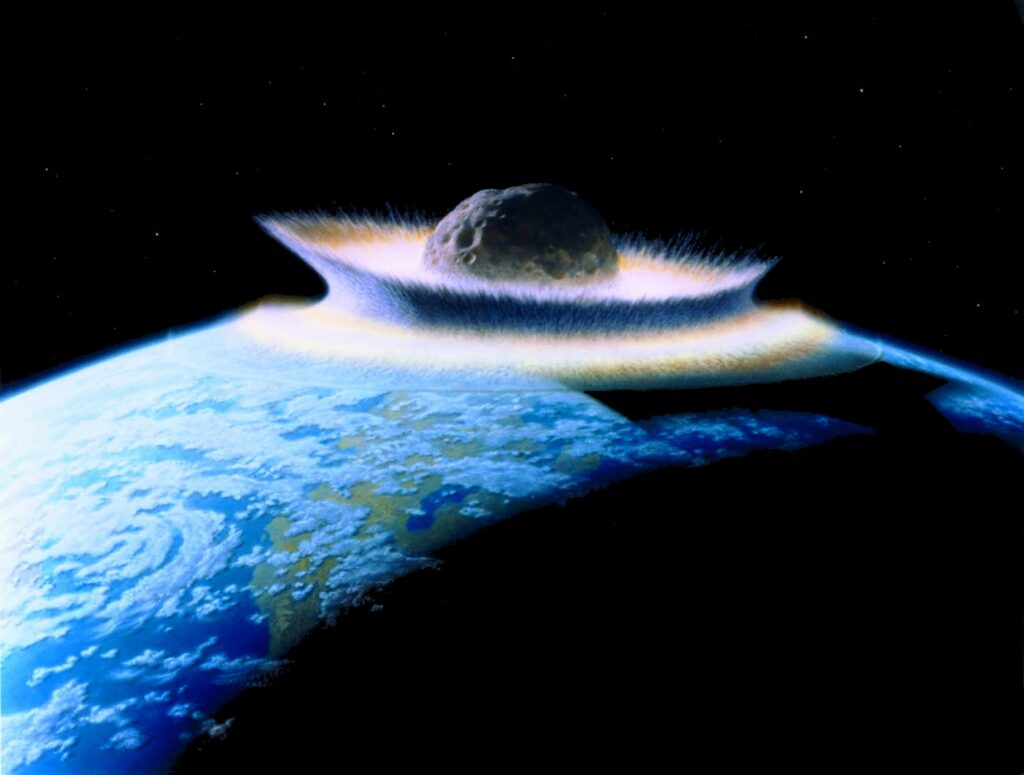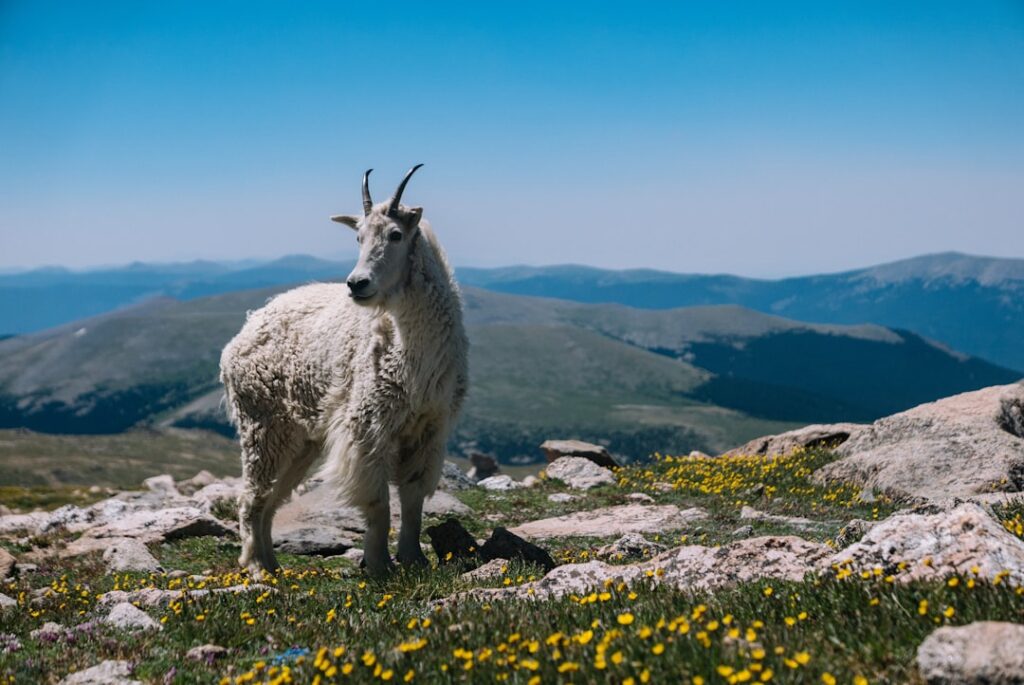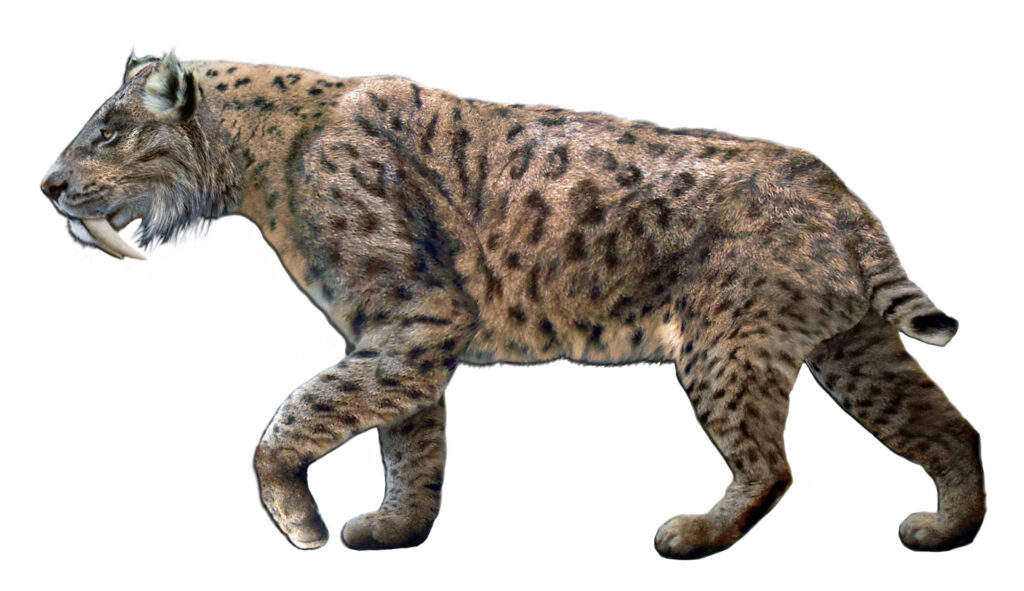Picture yourself standing on Earth’s surface roughly two hundred fifty-two million years ago, witnessing an apocalypse so devastating it makes the dinosaur extinction look like a minor blip. This was the Great Dying, a catastrophe that nearly erased life from our planet entirely, occurring long before T. rex ever roamed the Earth. While most people know about the meteor that killed the dinosaurs sixty-five million years ago, few realize that Earth faced an even more terrifying cosmic encounter millions of years earlier.
The end-Permian mass extinction wiped out an astonishing ninety-six percent of marine species and seventy percent of land animals, making it the most severe biological crisis in Earth’s documented history. Yet from this near-total destruction emerged clues about our planet’s remarkable ability to bounce back from the brink of extinction. Scientists have spent decades piecing together the evidence of what caused this ancient apocalypse, and their discoveries reveal a story of cosmic violence, volcanic fury, and ultimately, life’s incredible resilience.
The Great Dying That Almost Wasn’t
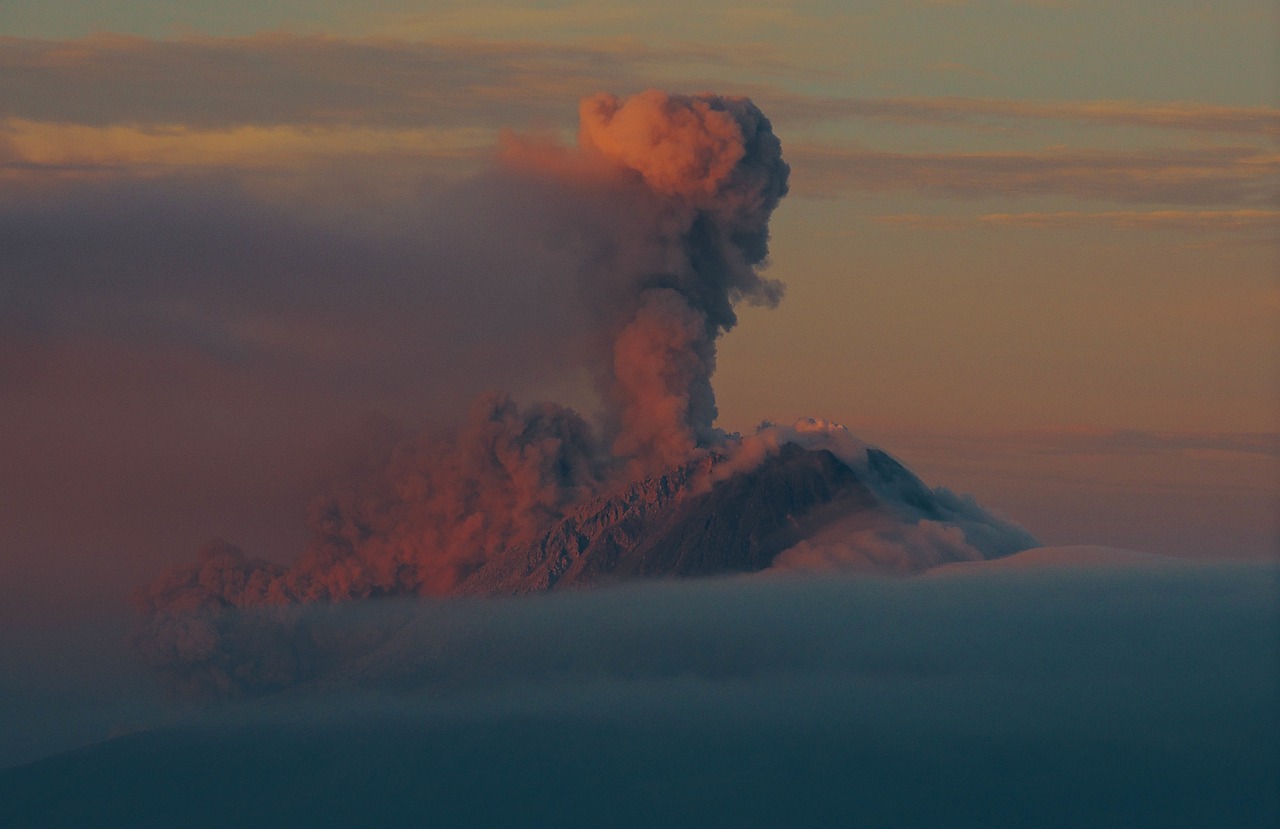
The Permian-Triassic extinction event occurred approximately 251.9 million years ago, marking the boundary between the Permian and Triassic periods. Scientists didn’t stumble upon this catastrophe by accident. The evidence lay buried in rock layers around the world, telling a story of unprecedented destruction that paleontologists gradually learned to read.
When approximately ninety-six percent of marine life and seventy percent of terrestrial species perished, only about ten percent of all species survived through the end-Permian period. To put this in perspective, imagine if every animal at your local zoo vanished except for one lonely creature in each exhibit. The scale of loss was staggering, affecting everything from tiny microbes to massive land reptiles.
Trees, plants, lizards, proto-mammals, insects, fish, mollusks, and microbes were all nearly wiped out. This wasn’t selective destruction targeting specific groups, but rather a comprehensive assault on life itself. The fossil record shows a dramatic shift in the types of creatures that dominated Earth before and after this pivotal moment.
Clues Hidden in Ancient Rock

Researchers discovered meteoric fragments and metallic grains in a thin claystone breccia layer at Graphite Peak in Antarctica, which they believe provides strong evidence for a large impact that triggered the Great Dying. These fragments weren’t just random space debris; they represented the smoking gun scientists had been searching for decades.
Deep inside Permian-Triassic rocks, researchers found soccer ball-shaped molecules called fullerenes with trapped helium and argon gas containing unusual isotope ratios more common in space than on Earth, indicating something like a comet or asteroid brought these materials to our planet. Think of these fullerenes as tiny time capsules, preserving the chemical signature of an extraterrestrial visitor that arrived at precisely the wrong moment in Earth’s history.
The metallic grains appear in the same end-Permian layer in both Antarctica and Meishan, southern China, while researchers also found evidence of a 125-mile-wide crater called Bedout off the northwestern coast of Australia. This global distribution of impact markers suggests the collision was powerful enough to scatter debris across continents.
The Siberian Inferno That Changed Everything
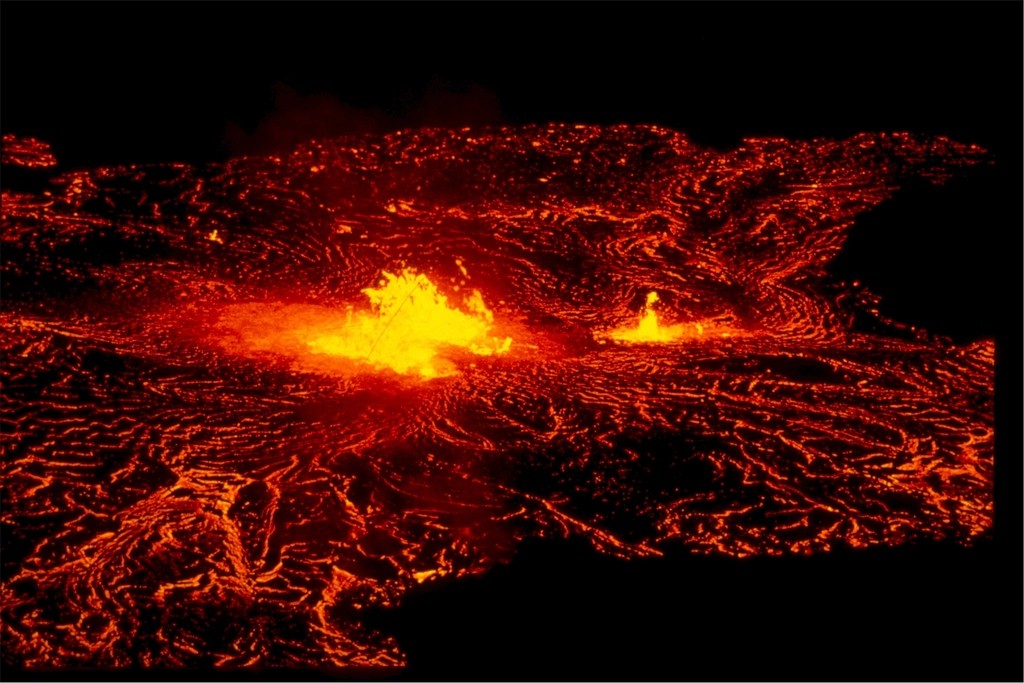
The Siberian Traps are a large region of volcanic rock in Siberia, Russia, where massive volumes of basaltic lava covered a large expanse in flood basalt events, representing one of the largest known volcanic events in the last 500 million years with eruptions continuing for roughly two million years spanning the Permian-Triassic boundary. Picture an area larger than Alaska being buried under layers of molten rock, and you’re beginning to grasp the scale of this volcanic nightmare.
Around 252 million years ago, life on Earth collapsed in spectacular fashion as more than 96 percent of marine species and 70 percent of land species disappeared, with scientists suspecting that massive volcanic activity in the Siberian Traps raised air and sea temperatures while releasing toxic amounts of greenhouse gases over a very short period. The timing wasn’t coincidental; these eruptions occurred precisely when life was already struggling to survive.
Among the possible causes of extinction was massive coal-burning that led to catastrophic global warming, with researchers finding evidence that Siberian Traps magmas intruded into and incorporated coal and organic material, providing direct evidence that the magmas combusted large quantities of coal and organic matter during eruption. The volcanoes didn’t just spew lava; they also ignited vast underground coal deposits, turning Earth’s atmosphere into a toxic greenhouse.
When the Sky Rained Poison
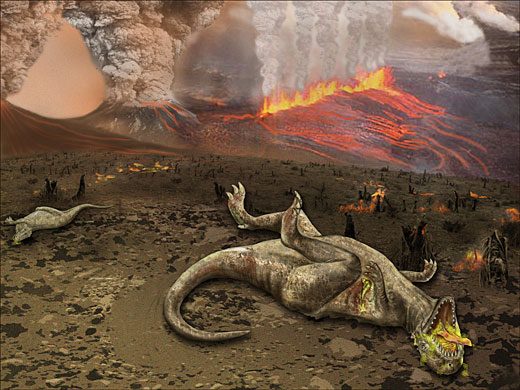
The Siberian Traps eruptions spewed so much material into the air, particularly greenhouse gases, that they warmed the planet by an average of about 10 degrees centigrade, with the warming climate likely being one of the biggest culprits in mass extinction while acid rain spoiled many bodies of water and raised global ocean acidity. Imagine stepping outside into an atmosphere thick with toxic fumes, where the rain itself could burn your skin.
The only plausible explanation for the lightest nickel isotope ratios ever measured in sedimentary rocks is that nickel was sourced from volcanic terrain, very likely carried by aerosol particles and deposited in the ocean where it dramatically changed seawater chemistry and severely disrupted marine ecosystems. These volcanic aerosols acted like microscopic delivery systems, carrying poison directly into the food chain.
The eruptions ignited vast deposits of coal, releasing mercury vapor high into the atmosphere which eventually rained down into marine sediment around the planet, creating an elemental signature of catastrophe. The mercury signatures found in rocks from this period provide convincing evidence that volcanic activities released abundant toxic materials to Earth’s surface.
The Meteor That Made It Worse
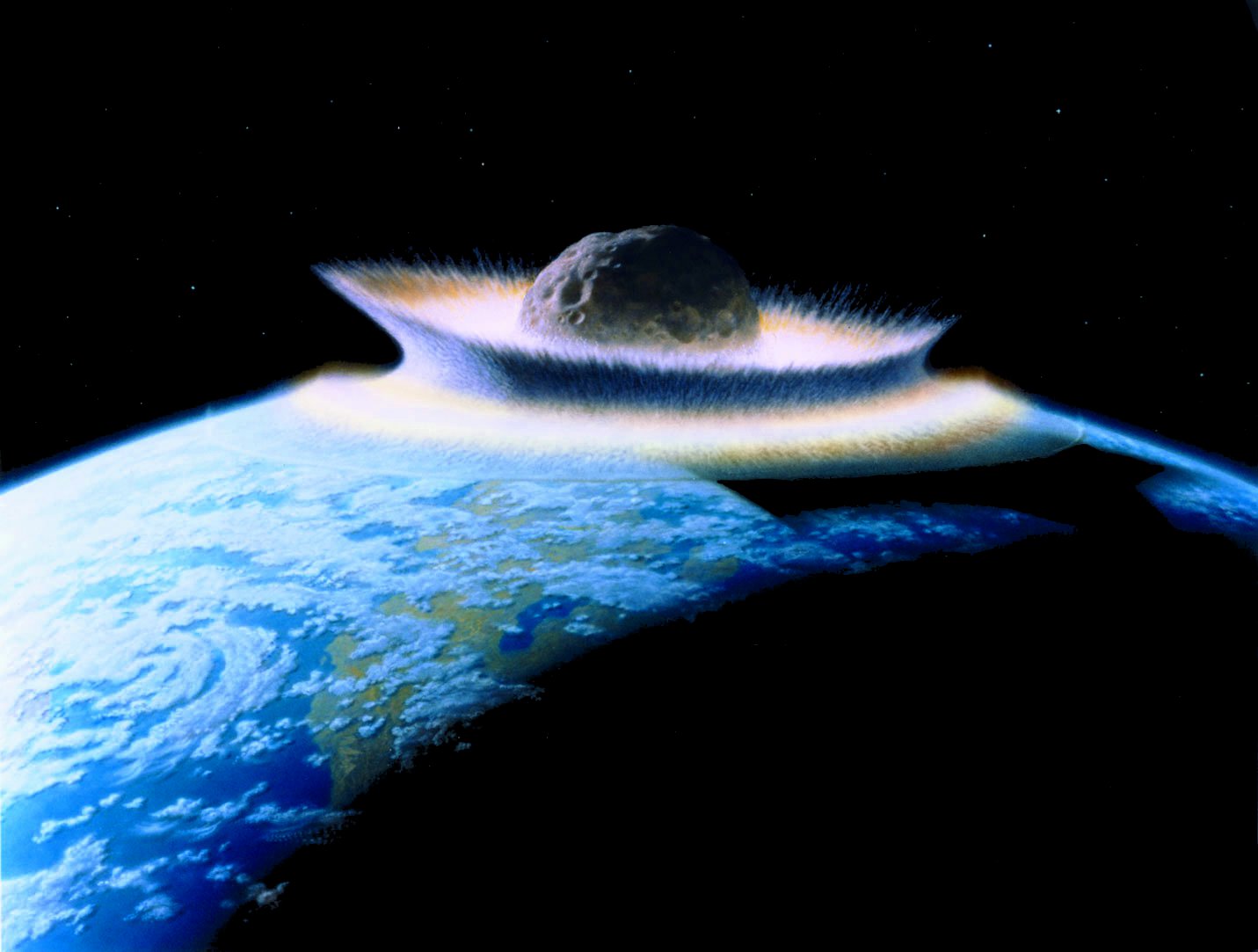
Planetary scientists found evidence of a meteor impact much larger and earlier than the one that killed dinosaurs, with a 300-mile-wide crater hidden more than a mile beneath the East Antarctic Ice Sheet that gravity measurements suggest could date back about 250 million years to the time of the Permian-Triassic extinction. This discovery suggests Earth was facing a double catastrophe: volcanic hell from below and cosmic bombardment from above.
The Wilkes Land crater is more than twice the size of the Chicxulub crater that marked the dinosaur extinction, with the Wilkes Land meteor potentially being up to 30 miles wide compared to the 6-mile-wide Chicxulub meteor. Ralph von Frese, who led the discovery team, noted that this impact was much bigger than what killed the dinosaurs and probably would have caused catastrophic damage at the time.
All the environmental changes resulting from the impact would have created a highly caustic environment that was really hard to endure, which makes sense that a lot of life went extinct at that time. The combination of volcanic gases and impact debris created a perfect storm of destruction that pushed Earth’s biosphere beyond its breaking point.
Earth’s Climate Spinning Out of Control
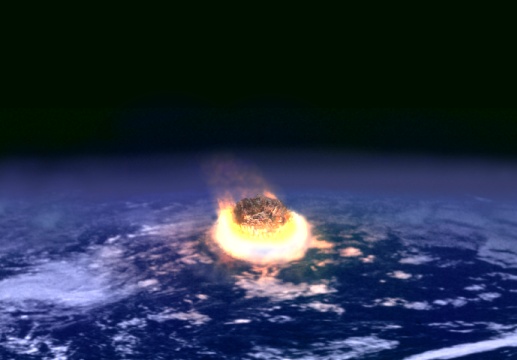
Before the Siberian Traps volcanism 252 million years ago, the world was slightly hotter than today, but stronger El Niño events caused extreme temperatures and droughts to push outside the tropics toward the poles, killing more vegetation and releasing more carbon over tens of thousands of years until extreme temperatures spread over much of the world’s surface and began harming ocean life. The planet’s climate system went haywire, creating feedback loops that amplified the destruction.
At the peak of the extinction, temperatures regularly soared far above 40°C, with El Niño events boosting average temperatures by a further 4°C in a world already warming from volcanic gases, while prehistoric El Niños became more intense and lasted longer thanks to the larger Panthalassa ocean being able to store more heat. Picture trying to survive in temperatures that would make Death Valley seem comfortable, with no escape to cooler regions.
Scientists found Earth was experiencing sudden and massive disruption to the carbon cycle, abnormally high air and sea temperatures, and increasingly acidic oceans, all signs of huge and rapid addition of greenhouse gases to the atmosphere requiring something powerful enough to generate enormous amounts of greenhouse gases in a short period. The evidence points to multiple factors working together to push Earth’s climate past critical tipping points.
Life’s Darkest Hour
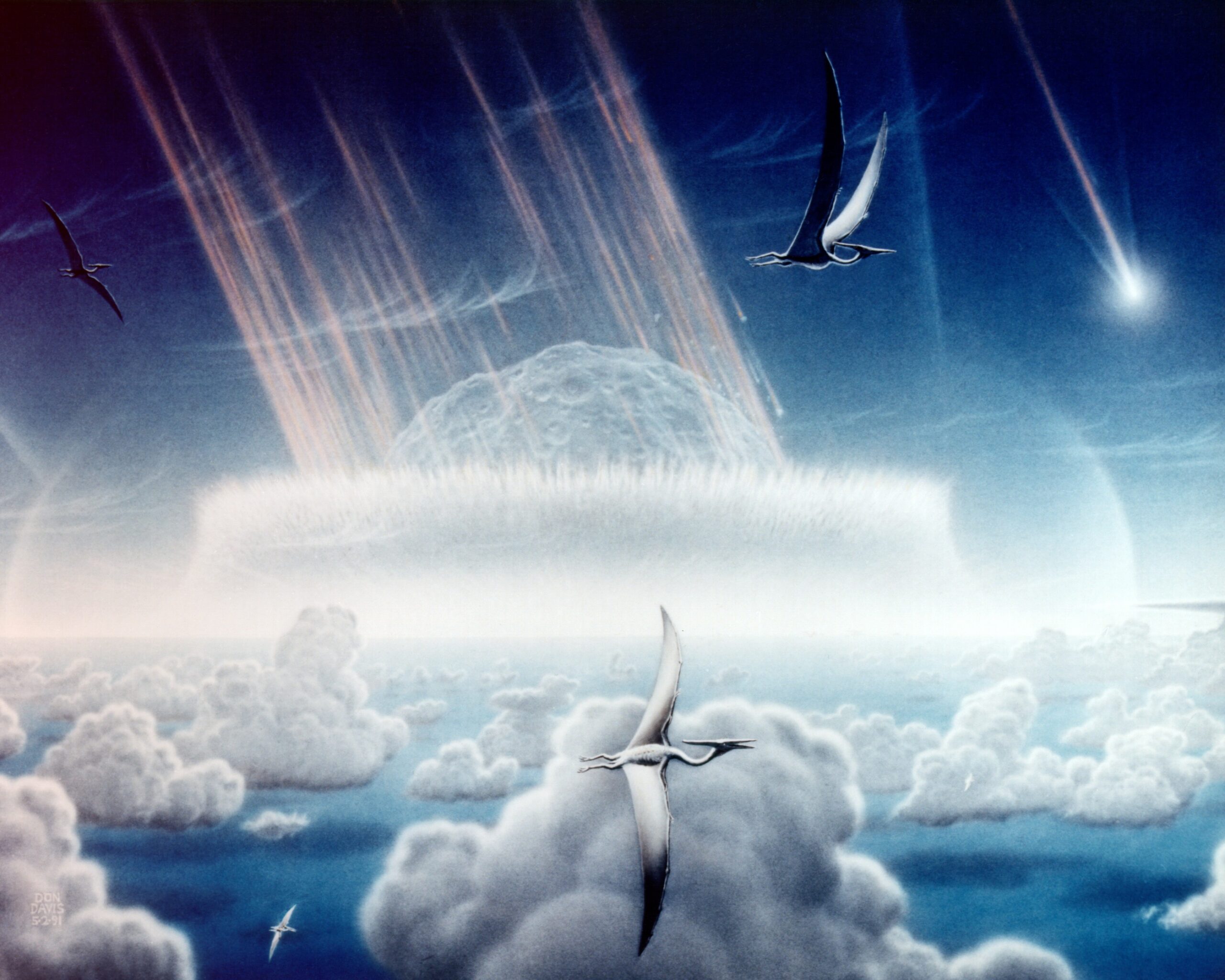
The Permian mass extinction that occurred 252 million years ago was the most devastating of the five mass extinction events on Earth, killing approximately 96% of marine species and 70% of terrestrial vertebrates with effects still seen today, marking the geologic boundary between Permian and Triassic periods and possibly occurring in one to three pulses that killed almost all life on Earth. This wasn’t just another bad day in Earth’s history; it was the closest our planet has ever come to becoming completely lifeless.
Land vertebrates took an unusually long time to recover from the extinction, with paleontologist Michael Benton estimating recovery wasn’t complete until 30 million years after the extinction in the Late Triassic when dinosaurs, pterosaurs, crocodiles, archosaurs, amphibians, and mammaliforms were abundant and diverse, requiring 30 million years for terrestrial vertebrate fauna to fully recover both numerically and ecologically. Three million decades passed before Earth’s ecosystems resembled anything like their former complexity.
This interval of instability coincided with generally elevated global temperatures that limited diversity in equatorial regions and created a well-known gap in the coal record reflecting lowered plant productivity and diversity. The absence of coal formation during this period tells its own story of a world where forests couldn’t establish themselves and plant life struggled to gain a foothold.
The Survivors Against All Odds
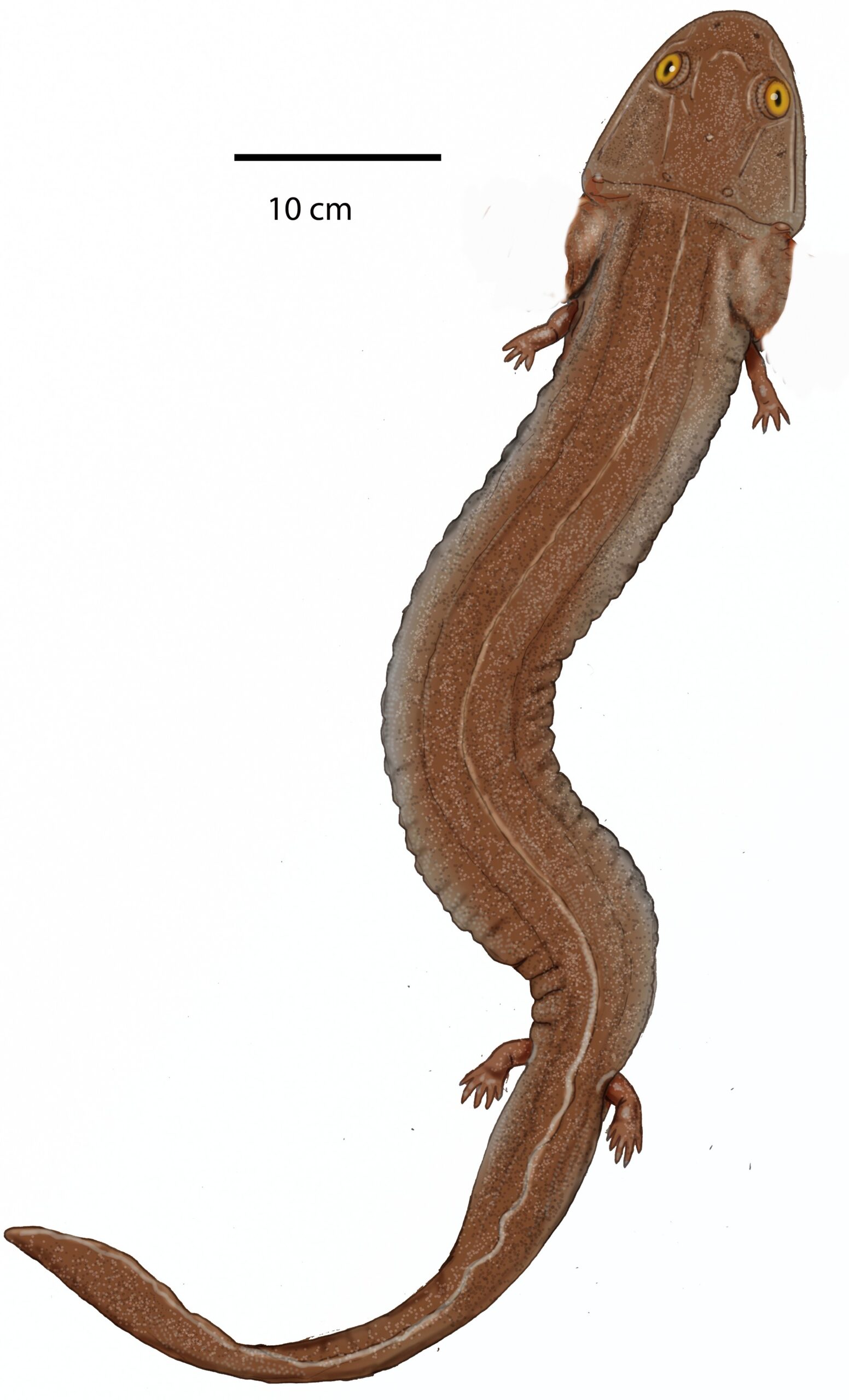
Temnospondyl amphibians made a quick recovery, with the appearance of so many temnospondyl clades in the fossil record suggesting they may have been ideally suited as pioneer species that recolonized decimated ecosystems, particularly tupilakosaurids which thrived as disaster taxa during the Induan period though they gave way to other temnospondyls as ecosystems recovered. These ancient amphibians possessed something special that allowed them to thrive in the post-apocalyptic world.
Selective pressures favored endothermic epicynodonts among dicynodonts, while therocephalians also survived with burrowing possibly being a key adaptation that helped them survive the extinction, though early Triassic therocephalians were mostly survivors rather than newly evolved taxa that originated during evolutionary radiation afterward. Going underground turned out to be a winning survival strategy when the surface world became uninhabitable.
Both therocephalians and cynodonts decreased in body size from Late Permian to Early Triassic, interpreted as an example of the Lilliput effect, while archosaurs initially remained rarer than therapsids but began displacing them in the mid-Triassic. The survivors didn’t just endure; they adapted by becoming smaller and more efficient, setting the stage for future evolutionary success.
Earth’s Incredible Comeback Story
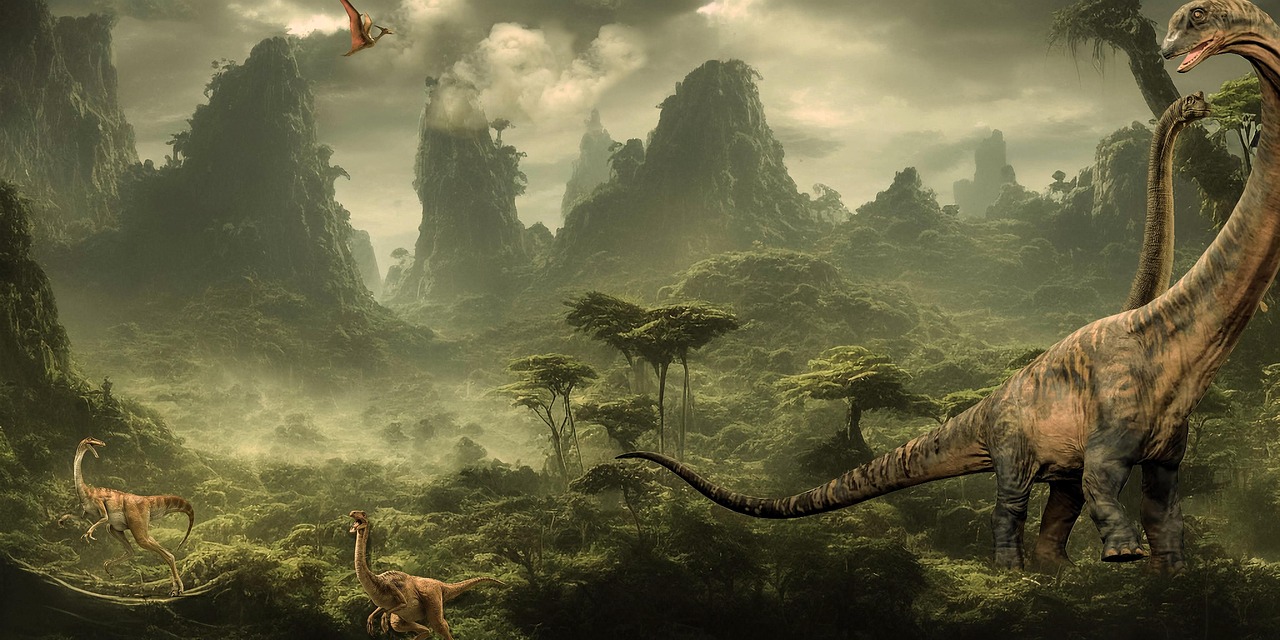
Mass extinctions leave behind empty niches that species with good enough traits can exploit, and over many generations natural selection acts on these species allowing them to take better advantage of available resources, with lineages invading different niches and becoming isolated from one another causing them to split and regenerate diversity, resulting in mass extinctions being followed by periods of rapid diversification and adaptive radiation. Think of extinction events as hitting the reset button on evolution, creating opportunities for life to experiment with entirely new approaches.
Archosauromorphs underwent major phylogenetic diversification in the Olenekian period 1-5 million years after the extinction, characterized by significantly elevated evolutionary rates with origins of major clades such as rhynchosaurs, archosaurs, erythrosuchids and tanystropheids. These reptilian groups exploded into diversity once the environmental constraints lifted, filling ecological roles that had been vacant since the extinction.
The most dramatic evolutionary role of mass extinctions is promoting postextinction diversifications, with surviving lineages evolving specializations suited to newly freed resources and taking over ecological roles previously held by other species or evolving brand new ecological strategies, allowing mass extinction to level the evolutionary playing field and let formerly minor players diversify and become more prevalent. Life doesn’t just recover from mass extinctions; it often comes back stronger and more creative than before.
The Great Dying stands as both Earth’s darkest hour and its most powerful testament to life’s resilience. Understanding these mass extinctions helps us appreciate the dynamic nature of life on Earth and the resilience of ecosystems in the face of catastrophic events, with each extinction event reshaping evolutionary trajectory and demonstrating life’s ability to adapt and thrive in the face of catastrophic changes. While the combination of volcanic catastrophe and possible meteor impact nearly erased our planet’s biosphere, the survivors didn’t just endure – they innovated, diversified, and ultimately gave rise to the dinosaurs and every other form of life that followed.
This ancient catastrophe reminds us that Earth has faced cosmic violence before and emerged more vibrant than ever. What do you think about our planet’s ability to bounce back from the brink of total annihilation? Tell us in the comments.

